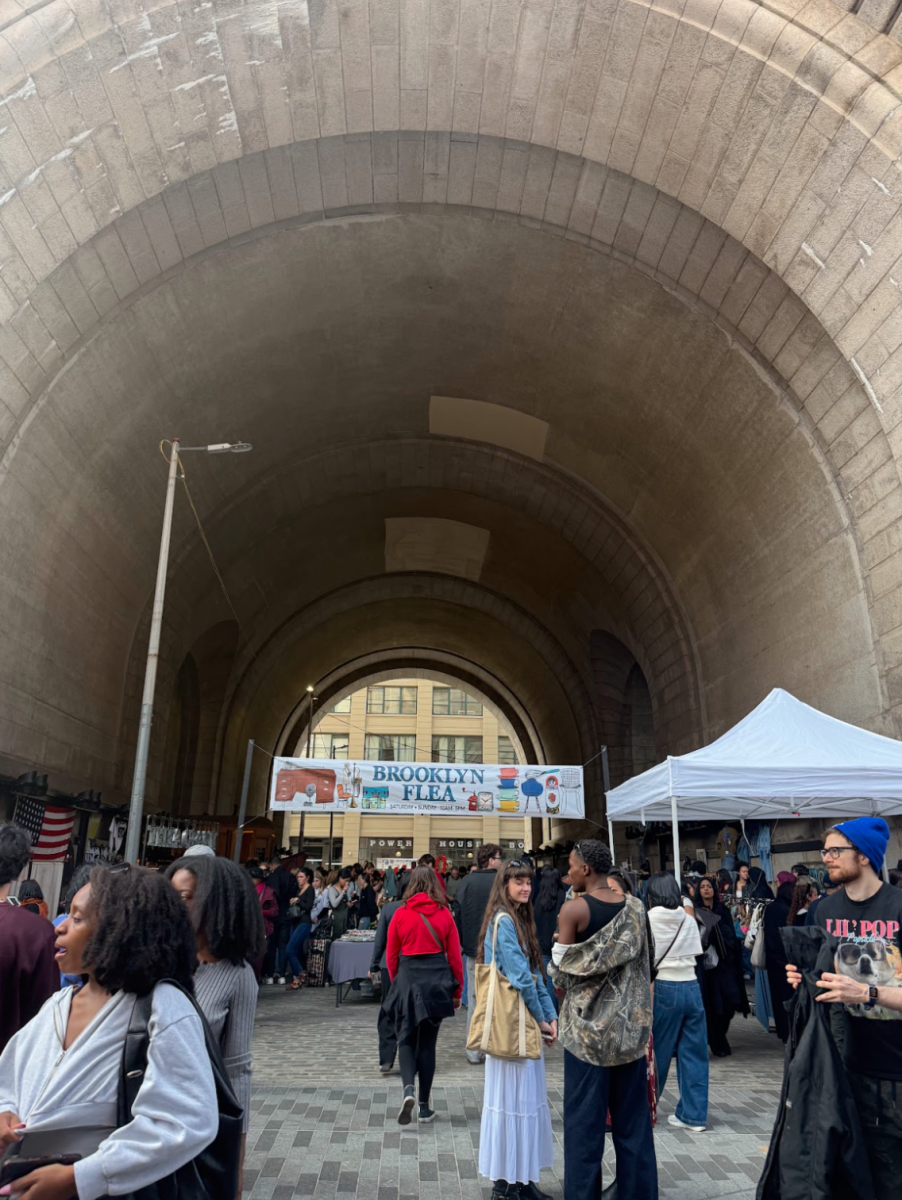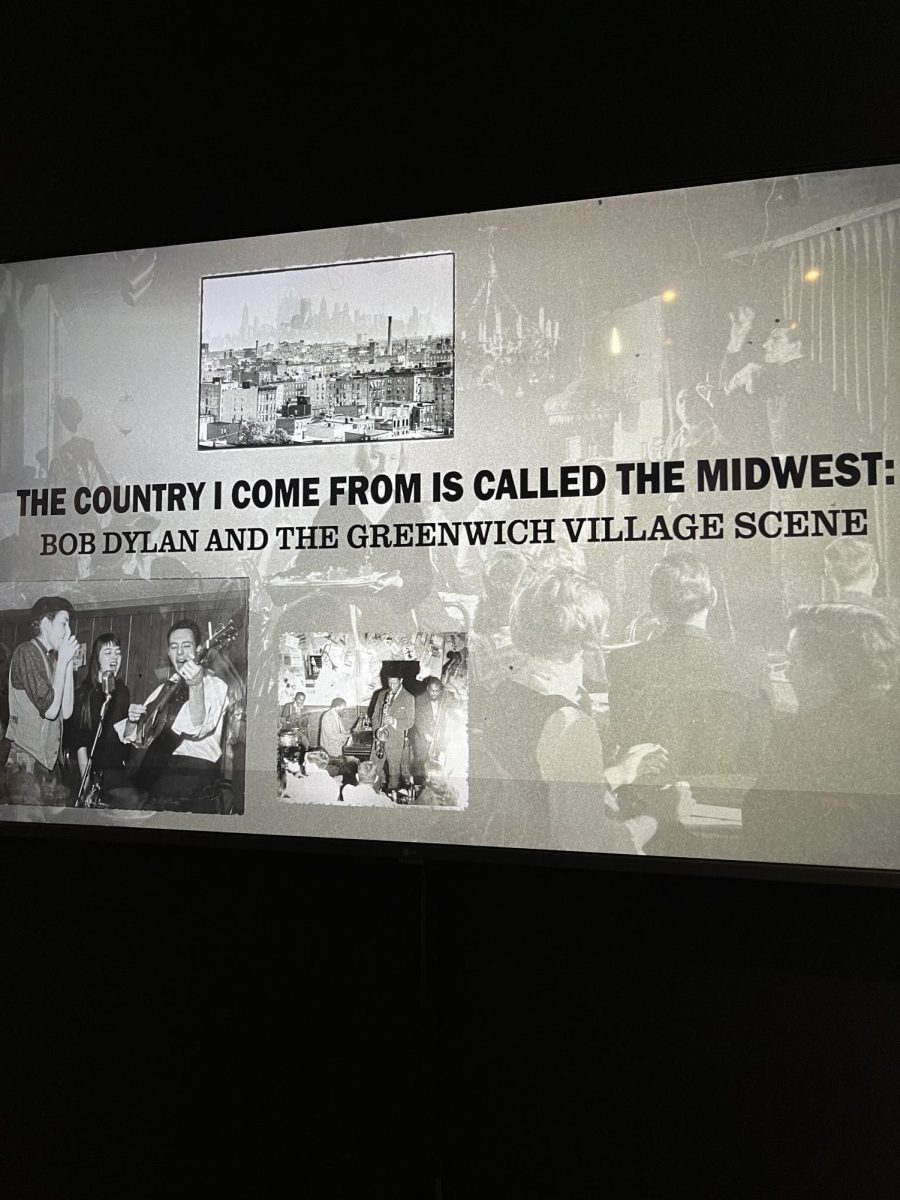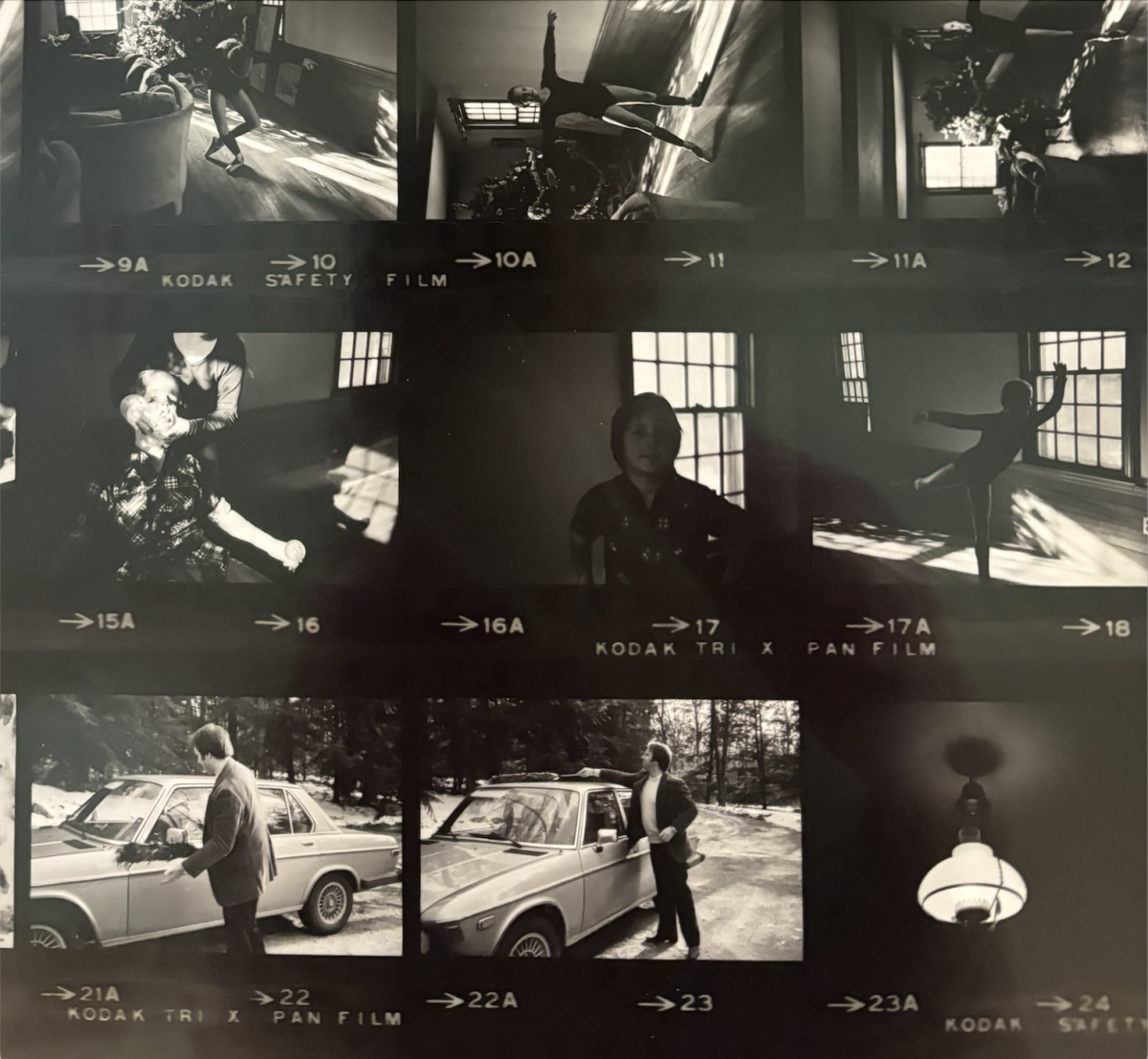Thrifting has become a typical hobby and/or excursion for the current generation, fostering creativity and individual uniqueness. It has become so popular that the digital natives have taken their thrifting online with websites and apps such as Depop and Mercari, where individuals can upload and sell their clothing to give them a second chance at life in a new home. However, there is a large discourse about how online thrifting has turned thrift shopping in general into a competitive and expensive hobby.
One of the most discussed and polarizing topics amongst those who love to thrift are “resellers” who do exactly that: scavenge thrift stores for a curated collection or style and sell the clothing pieces online for profit, often charging far more than what the item’s cost would have been if someone were to have walked into a thrift store and discovered it themselves. Often, these items are listed higher than their original retail price. I myself have been a victim of finding a super cute tee or sweater, only to click and discover it is from Walmart in 2010 and now listed for $60.
The main issue people have with resellers is that buying from thrift stores with the purpose of selling the same items for a higher price is counterintuitive to the reasons that thrift stores such as Goodwill, Savers and Unique opened, which was to allow underprivileged people to afford to build their wardrobes. The counterargument to this is that thrift stores also contribute to waste, similar to fast fashion, and since there is excess stock, resellers are not taking away from the chances of anyone else. With both options coexisting, thrifters have been led to believe thrift stores have had to increase their prices due to high demand, but whether there is truth behind this exact claim is unclear.
Since most online thrifting involves mostly unregulated, individual sellers, many people get scammed into buying items which were reported to be fair quality and a certain size, but arrived as not. Lily Stuart, FCRH ’27, believes this, saying, “Online thrifting is a total scam; the apps and websites totally take advantage of you and the sellers by marking up the prices and adding crazy shipping costs.” In my experience, there was one time I was so excited to snag a shirt for a fair price (about $12 after shipping) for it to arrive with several moth holes and one cuff holding onto its sleeve by a literal thread.
Stuart also discussed the benefits of thrifting in-person: “In-person thrifting is not only better for you financially, but you can feel the materials, notice imperfections and get a better idea of sizing. Also, you just can’t beat that experience of digging through the racks and striking gold. [It] doesn’t have the same effect online.” Cadence Wahl, FCRH ’26, feels similarly about the benefits of in-person thrifting. “I will always be a fan of in-person thrifting because it’s just the physical action of touching the clothes, being able to try them on, understanding if they’re stretchy or the limitations of the fabric,” Wahl said. “With online thrifting, I’ve made mistakes before and ended up wasting money because you also pay for shipping, not only the product. Because the product is curated, it actually costs more and, therefore, you are just feeding into a system that can be detrimental because it’s overpricing clothes and benefiting the seller more than the consumer.”
At the end of the day, both options are open to you, the consumer, and what you choose to do with your time and hard-earned money is your choice. If you’re looking for a good shopping spree, thrifting hotspots in New York City include Williamsburg, Bushwick, Chelsea, the East Village and Noho. (In my opinion, hop over to New Jersey for a day!)
















































































































































































































